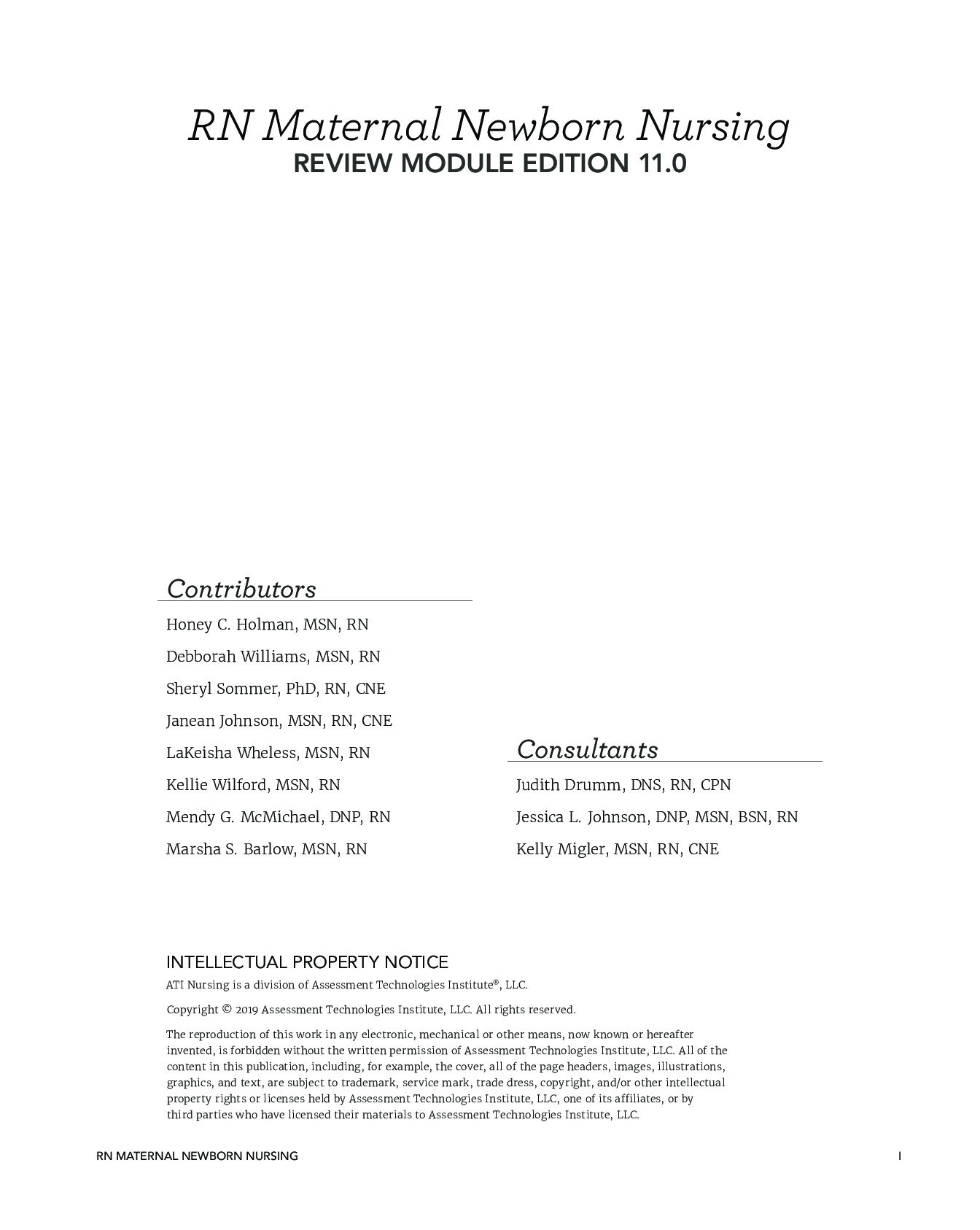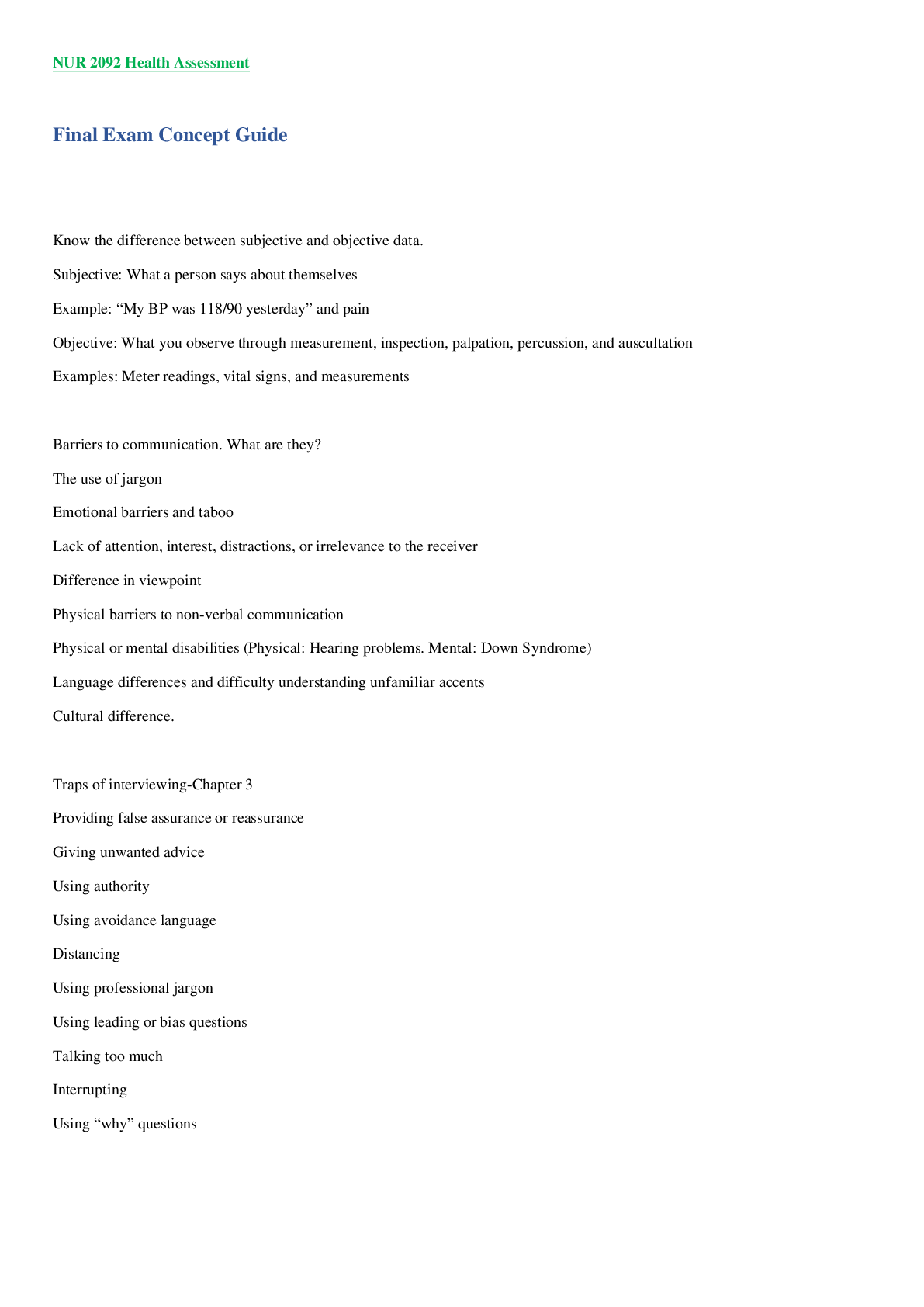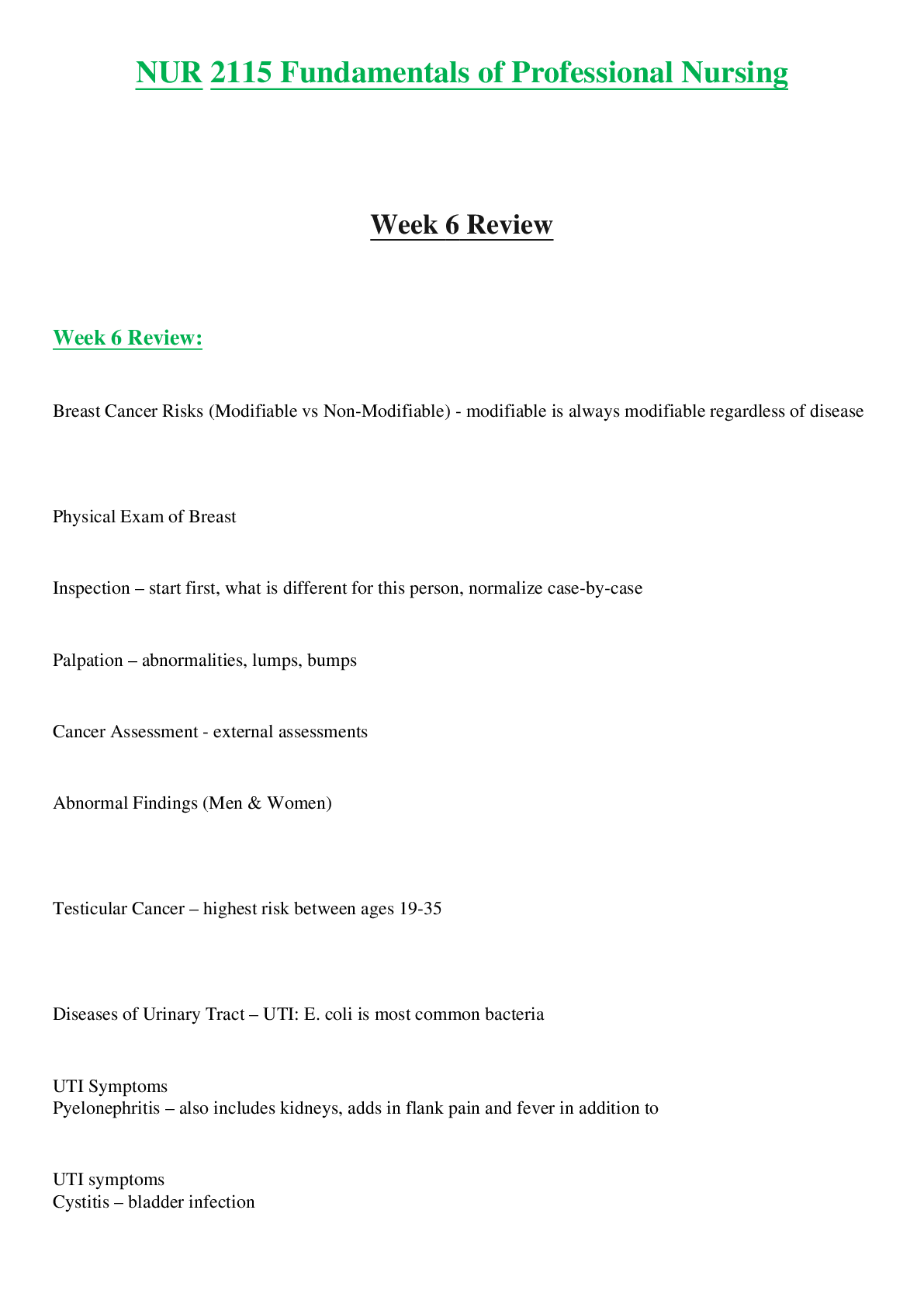*NURSING > STUDY GUIDE > NUR 3029: HEALTH ASSESSMENT FINAL EXAM 2021 : STUDY GUIDE HIGHLY RATED BETTER SCORES ASSURED A+ (All)
NUR 3029: HEALTH ASSESSMENT FINAL EXAM 2021 : STUDY GUIDE HIGHLY RATED BETTER SCORES ASSURED A+
Document Content and Description Below
NUR 3029: Health Assessment Final Exam: Study Guide The comprehensive examination will contain 100 multiple questions. Please refer to your course syllabus regarding examination policies, the Activi ... ties & Assignments for reading assignments, previous study guides, and class schedule. The following study guide is intended to assist you in preparing for the examination and may not be all-inclusive. Students are expected to apply concepts from pre-requisite courses. Examination preparation should include attending class lectures, reading assignments, and webbased activities. Introduction to Health Assessment Understanding the components of the Nursing Process Nurse’s role in environmental assessment Communication for assessment of multiple populations (adult/elderly) Cultural sensitivity in Health Assessment Health History Communication during the physical examination and obtaining health history Obtaining subjective and objective information during the health history Components of the Health History Assessment Techniques > Parts of the stethoscope and assessment of sounds (bell vs diaphragm)- the bell is used for soft, low pitched sounds such as extra heart sounds or murmurs and diaphragm used for high-pitched sounds such as, breathe, bowel, and normal heart sounds. > Inspection, palpation, percussion, auscultation (order changes in abdominal assessment. > Appropriate sequence of assessment (infant, child, adult)- the same for each- head to toe General Survey Assessment of vital signs (normal vs abnormal, routes & locations of vital signs) 1) Temperature- > normal oral temp: 96.8 degrees F; normal range: 35.8 to 37.3 degrees C (96.4-99.1 degrees F)- most accurate and convenient > normal rectal temp: 0.4 to 0.5 degrees C higher (0.7 to 1 degree F)- only used when other routes are not practical > TMT- temperature checked by ear (used mostly in children) 2) Pulse- palpating the peripheral pulse gives the rate and rhythm of the heartbeat, as well as local data on the condition of the artery; counting for 30 seconds and multiplying by 2 is the most accurate but if rhythm is irregular, count for the full minute; assess for rate, rhythm, and force > bradycardia- rate less than 50 bpm > tachycardia- rate greater than 90 bpm > 3+ full, bounding; 2+ normal; 1+ weak, thready; 0 absent. 3) Respirations- for a neonate 30-40 breaths per min is normal; for an adult 10-20 is considered normal but 10 should be a concern. 4) Blood pressure- Can be checked in the arm or the thigh (brachial pulse, popliteal pulse) > Normal: 120/80 or less > Prehypertension: 120-139/80-89 [Show More]
Last updated: 3 years ago
Preview 1 out of 33 pages

Buy this document to get the full access instantly
Instant Download Access after purchase
Buy NowInstant download
We Accept:

Reviews( 0 )
$10.00
Can't find what you want? Try our AI powered Search
Document information
Connected school, study & course
About the document
Uploaded On
May 02, 2021
Number of pages
33
Written in
All
Additional information
This document has been written for:
Uploaded
May 02, 2021
Downloads
0
Views
116

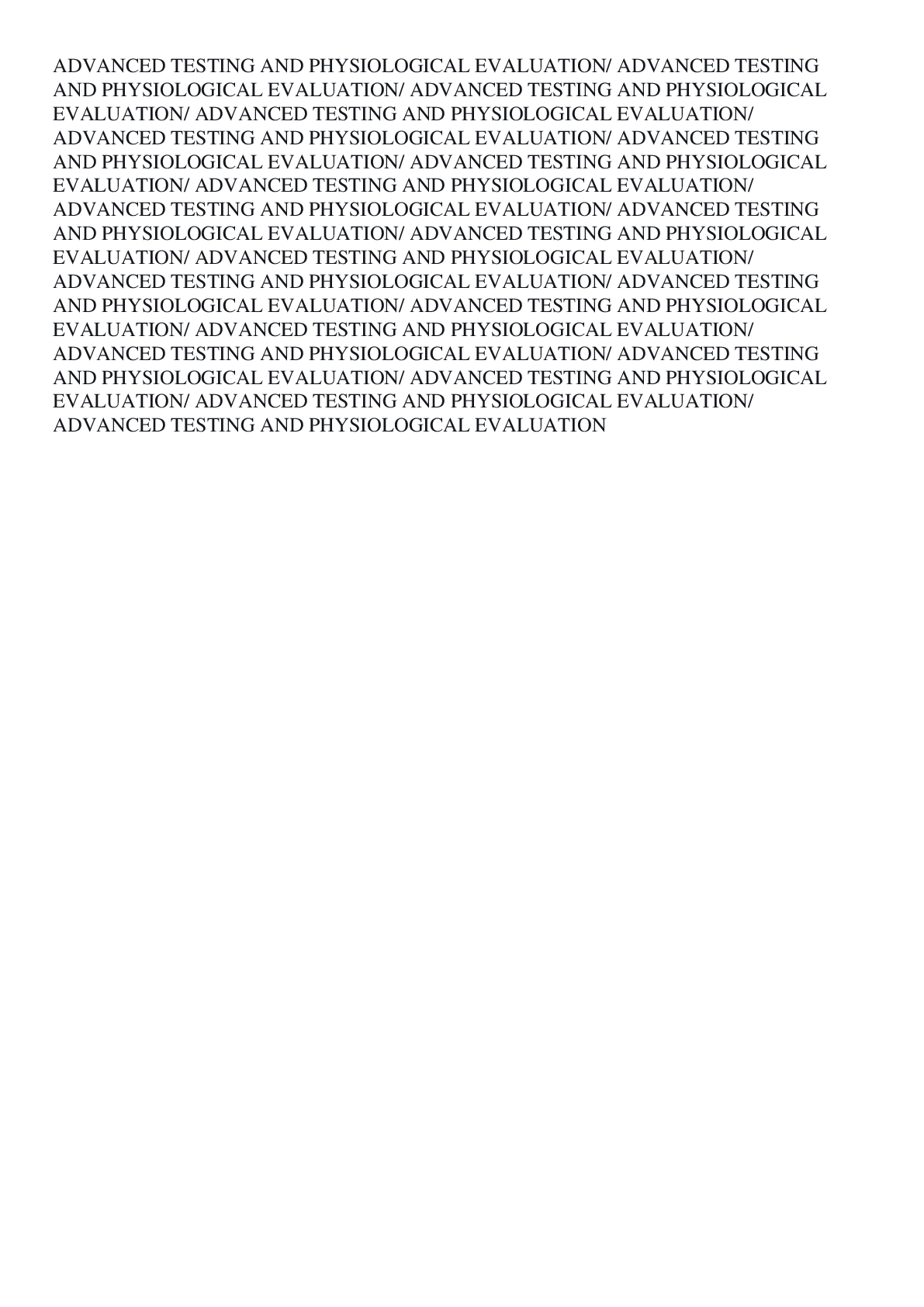

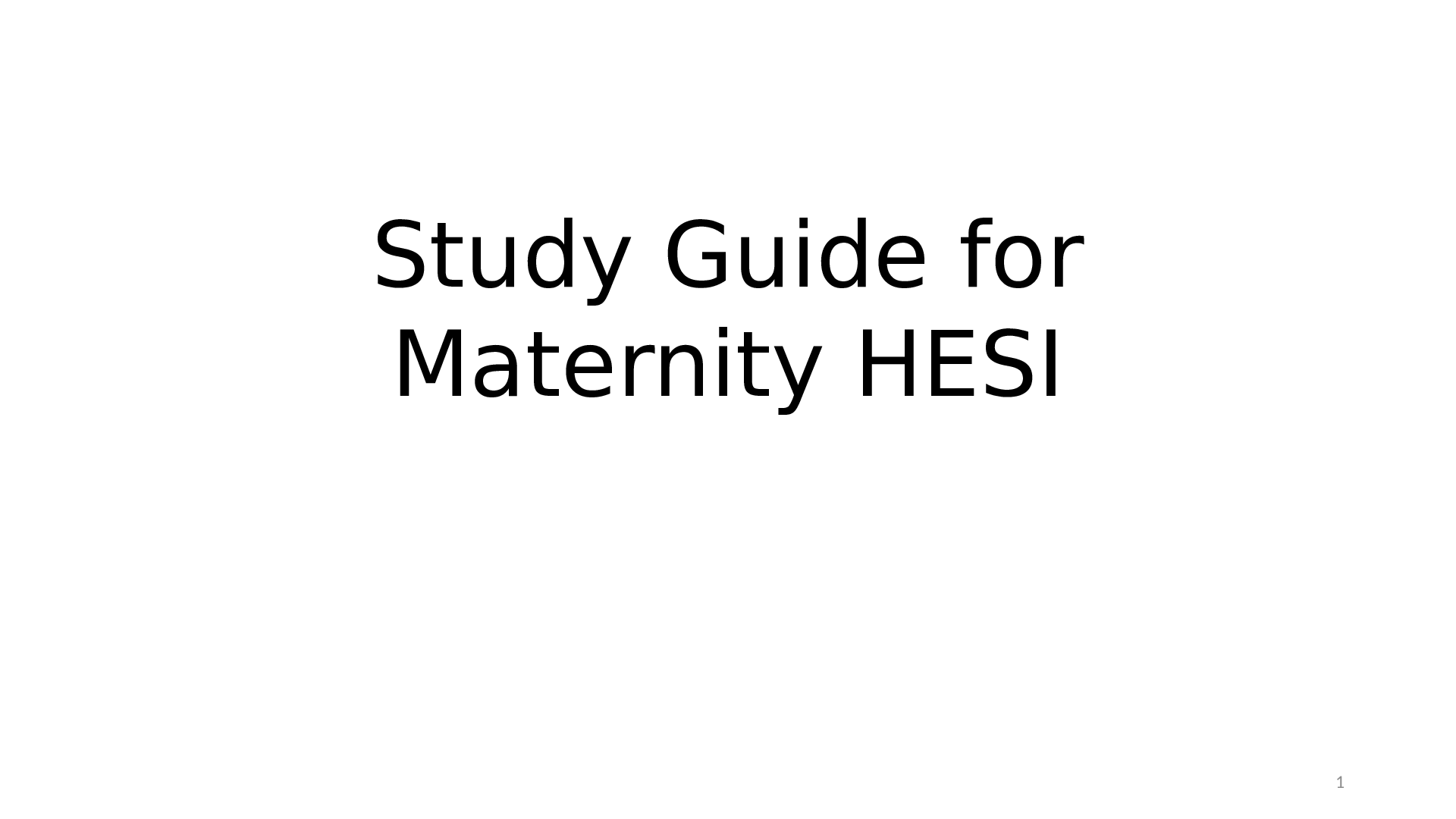


 2020 2021, Complete solutions (A+ guide) University of Massachusetts, Lowell.png)






